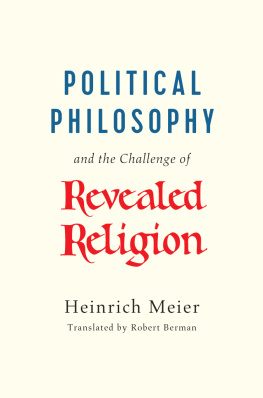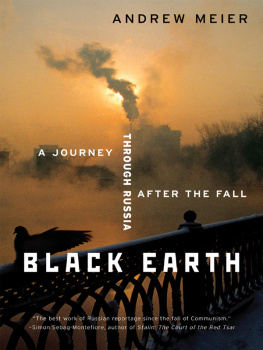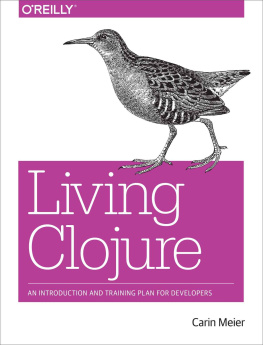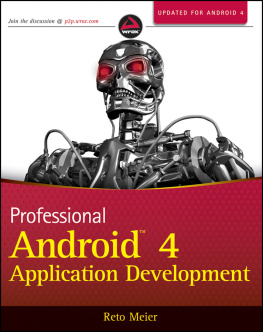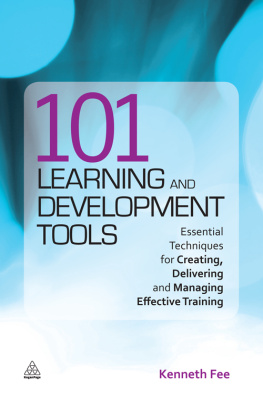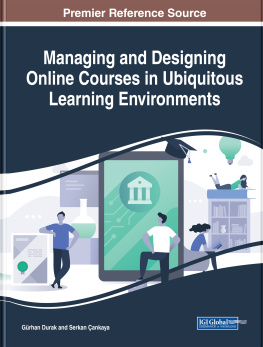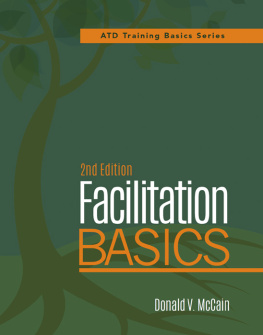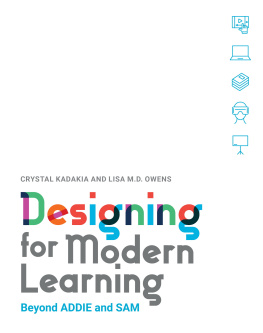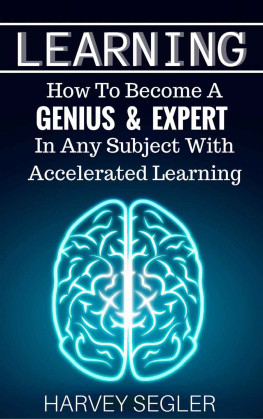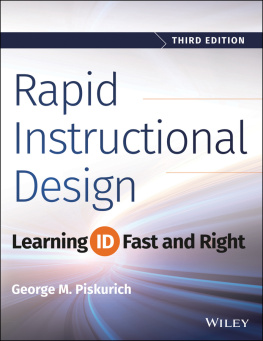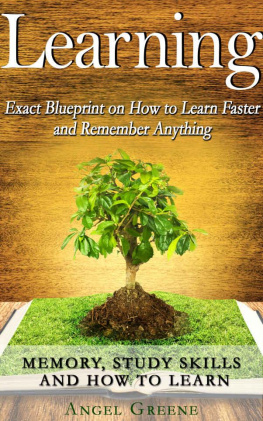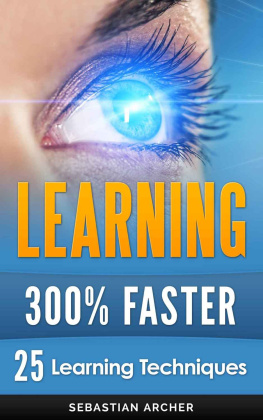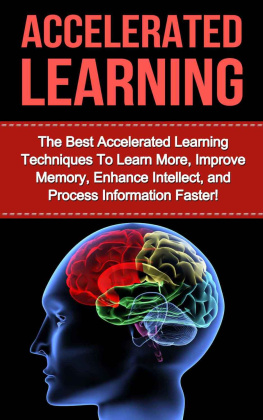
Copyright 2000 by McGraw-Hill Education. All rights reserved. Except as permitted under the United States Copyright Act of 1976, no part of this publication may be reproduced or distributed in any form or by any means, or stored in a database or retrieval system, without the prior written permission of the publisher.
ISBN: 978-0-07-182216-9
MHID: 0-07-182216-X
The material in this eBook also appears in the print version of this title: ISBN: 978-0-07-135547-6, MHID: 0-07-135547-2.
E-book conversion by Codemantra
Version 1.0
All trademarks are trademarks of their respective owners. Rather than put a trademark symbol after every occurrence of a trademarked name, we use names in an editorial fashion only, and to the benefit of the trademark owner, with no intention of infringement of the trademark. Where such designations appear in this book, they have been printed with initial caps.
McGraw-Hill Education eBooks are available at special quantity discounts to use as premiums and sales promotions or for use in corporate training programs. To contact a representative please visit the Contact Us page at www.mhprofessional.com.
TERMS OF USE
This is a copyrighted work and McGraw-Hill Education and its licensors reserve all rights in and to the work. Use of this work is subject to these terms. Except as permitted under the Copyright Act of 1976 and the right to store and retrieve one copy of the work, you may not decompile, disassemble, reverse engineer, reproduce, modify, create derivative works based upon, transmit, distribute, disseminate, sell, publish or sublicense the work or any part of it without McGraw-Hill Educations prior consent. You may use the work for your own noncommercial and personal use; any other use of the work is strictly prohibited. Your right to use the work may be terminated if you fail to comply with these terms.
THE WORK IS PROVIDED AS IS. McGRAW-HILL EDUCATION AND ITS LICENSORS MAKE NO GUARANTEES OR WARRANTIES AS TO THE ACCURACY, ADEQUACY OR COMPLETENESS OF OR RESULTS TO BE OBTAINED FROM USING THE WORK, INCLUDING ANY INFORMATION THAT CAN BE ACCESSED THROUGH THE WORK VIA HYPERLINK OR OTHERWISE, AND EXPRESSLY DISCLAIM ANY WARRANTY, EXPRESS OR IMPLIED, INCLUDING BUT NOT LIMITED TO IMPLIED WARRANTIES OF MERCHANTABILITY OR FITNESS FOR A PARTICULAR PURPOSE. McGraw-Hill Education and its licensors do not warrant or guarantee that the functions contained in the work will meet your requirements or that its operation will be uninterrupted or error free. Neither McGraw-Hill Education nor its licensors shall be liable to you or anyone else for any inaccuracy, error or omission, regardless of cause, in the work or for any damages resulting therefrom. McGraw-Hill Education has no responsibility for the content of any information accessed through the work. Under no circumstances shall McGraw-Hill Education and/or its licensors be liable for any indirect, incidental, special, punitive, consequential or similar damages that result from the use of or inability to use the work, even if any of them has been advised of the possibility of such damages. This limitation of liability shall apply to any claim or cause whatsoever whether such claim or cause arises in contract, tort or otherwise.
CONTENTS
PREFACE
An Accelerated Learning Parable From The Real World
Heres a story that will help you catch the spirit of Accelerated Learning (A.L.) right from the start. Youll encounter this same story later on. But its presented here for those who want an instant grasp of some of the major ideas presented in this book.
It was 9 a.m. on a sunny Friday morning in Albuquerque. And it was the third and final day of a three-day A.L. workshop for 26 trainers at a major US semiconductor manufacturer. The phone in the training room rang. It was an emergency call for David, one of the participants. David took the call, hastily hung up, and told us that he would have to leave the class for an hour and a half.
He explained that this was the final day of a one-week orientation program for new hires going on in another building on site. An hour-and-a-half presentation on safety was scheduled for that morning. The person who was to teach it had to cancel. So David, who had taught it, was being tapped- and off he went.
Rushing to the other location, it dawned on him that he didnt have his presentation materials and handouts. What was he to do? Then he recalled one of the principles of the A.L. workshop he was in, namely that learning is creation, not consumption. Thats it!, he thought. He immediately had his plan.
Walking into the training room, he found the learners in an advanced and nearly terminal comatose state, having sat all week long while one subject matter expert after the other inundated them with a glut of information.
To bring them back to life, David immediately asked them to stand up, count off in fours, and form four teams. Then he gave them their instructions. The teams were to fan out into the organization for 20 minutes to find out as much as they could about safety in the organization. They were asked to encounter existing employees, explain their mission and ask them questions like, What are the most important safety tips you can give us? What do we really have to watch out for when were fabricating semiconductors in the plant? Whats the worst thing that could happen to us in the factory? He told them to get as much information as they could in 20 minutes and bring their findings back to share with the whole class. The teams then left in their quest for knowledge.
Twenty minutes later they were back animated, excited, and definitely out of the comatose state. As each team reported their findings to the group, David had to do very little, other than to draw them out with a question now and then. To his amazement and delight, the learners were covering everything he would have covered, but in a far more effective way. And it didnt take an hour and a half. In just 50 minutes they had covered the material.
David got a big round of applause from the class. And they told him now listen to this that this was the best presentation they had had all week!
This true story illustrates beautifully some of the major principles of accelerated learning that youll find in this book, namely:
1. Total learner involvement enhances learning.
2. Learning is not the passive storage of information but the active creation of knowledge.
3. Collaboration among learners greatly enhances learning.
4. Activity-centered learning events are often superior to presentation-centered ones.
5. Activity-centered learning events can be designed in a fraction of the time it takes to design presentation-centered ones.
A Special Note to Training Professionals
Here are a couple of suggestions that will help you get the most out of applying Accelerated Learning (A.L.) to your organizations training needs.
Dont Confuse A.L With Fluff
Accelerated Learning has one aim only: to get results. You really have to distinguish it from those fun-and-games, gimmicky, creative approaches that call attention to themselves and are often a big waste of time.
The credo of the A.L. approach is Do what works, and keep searching for what works better. It is not tied to any specific set of techniques, methods, or media- be they old or new, but can use any or all of them in combination, depending on their ability to deliver exceptional results.
Its important for you to understand that A.L. parts company with training approaches that attempt to be clever, cute, and fun for their own sake. By the same token, it parts company with training approaches that are inflexible, stoical, overly serious, and joyless for their own sake. There is a place for fun and a place for seriousness. We need both. And A.L. seeks to blend both in ways that enhance learning and produce the most positive outcomes possible.
Next page


